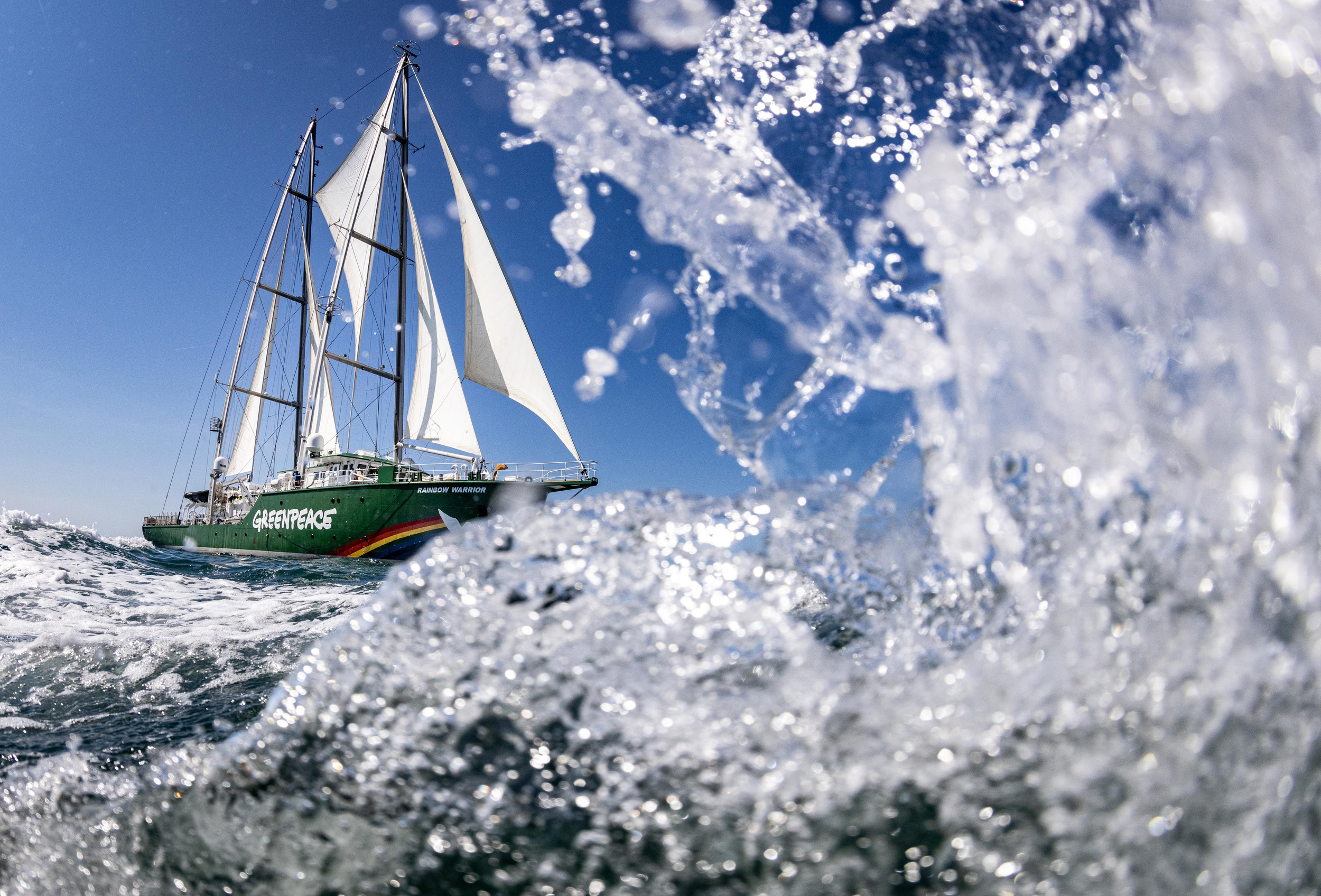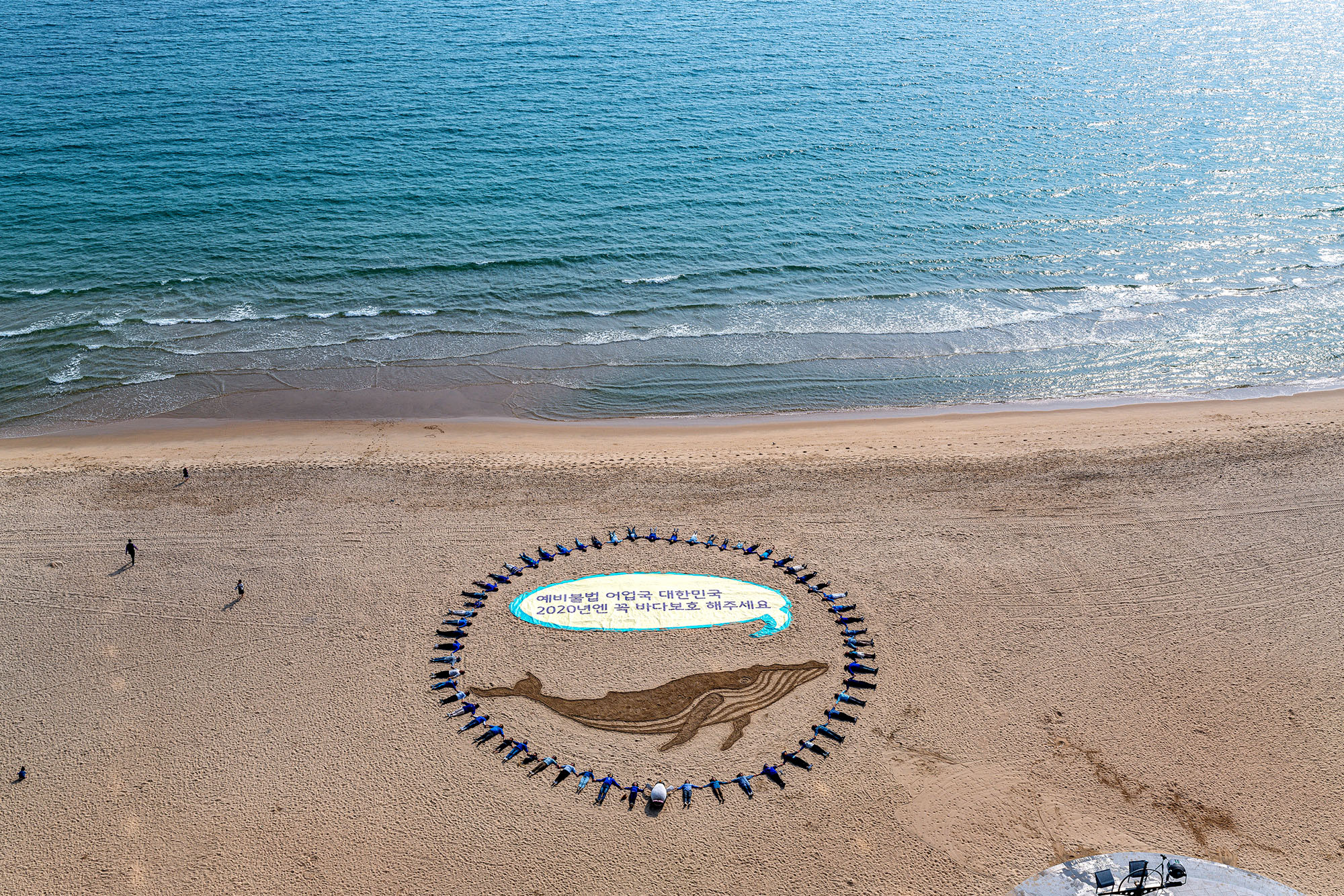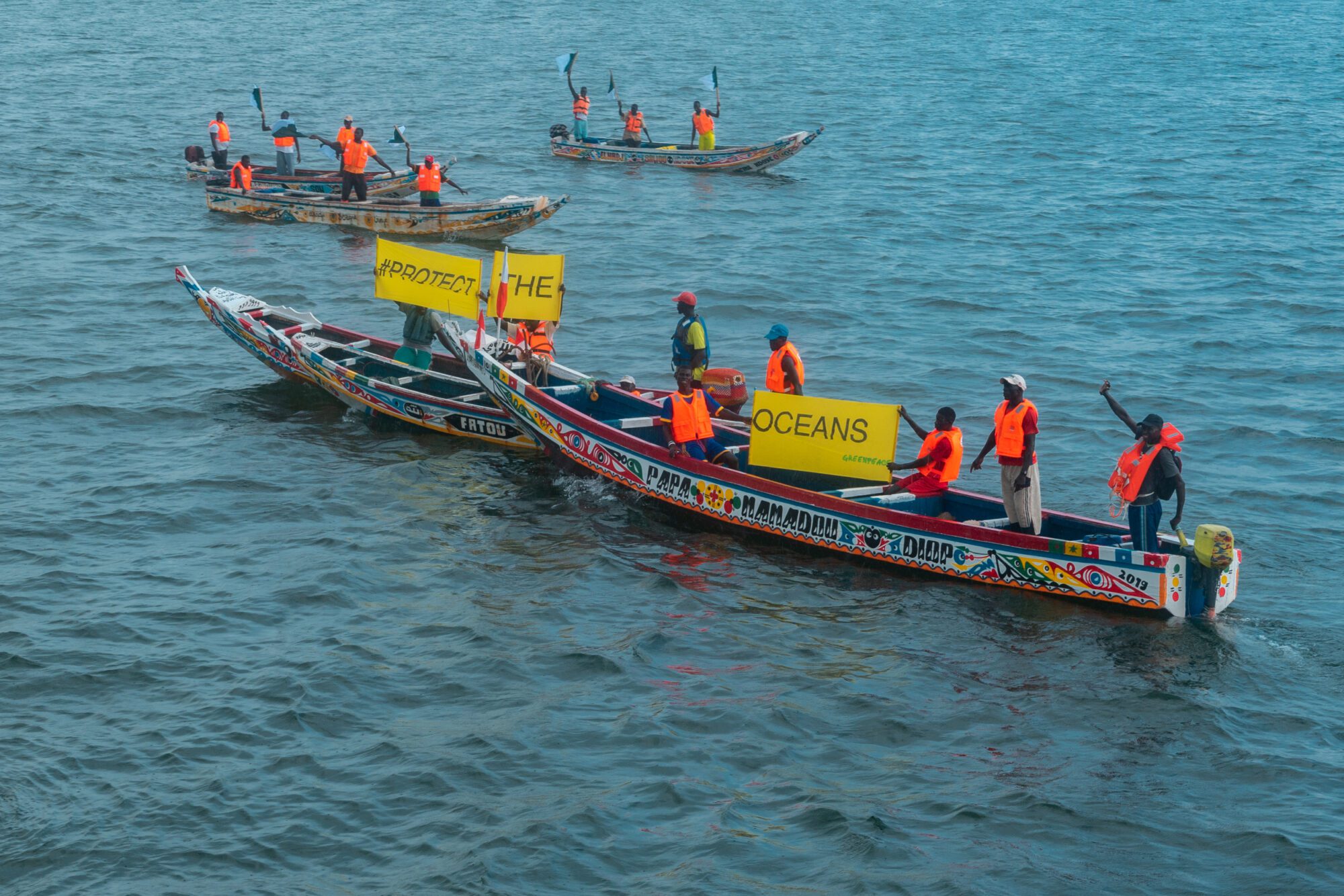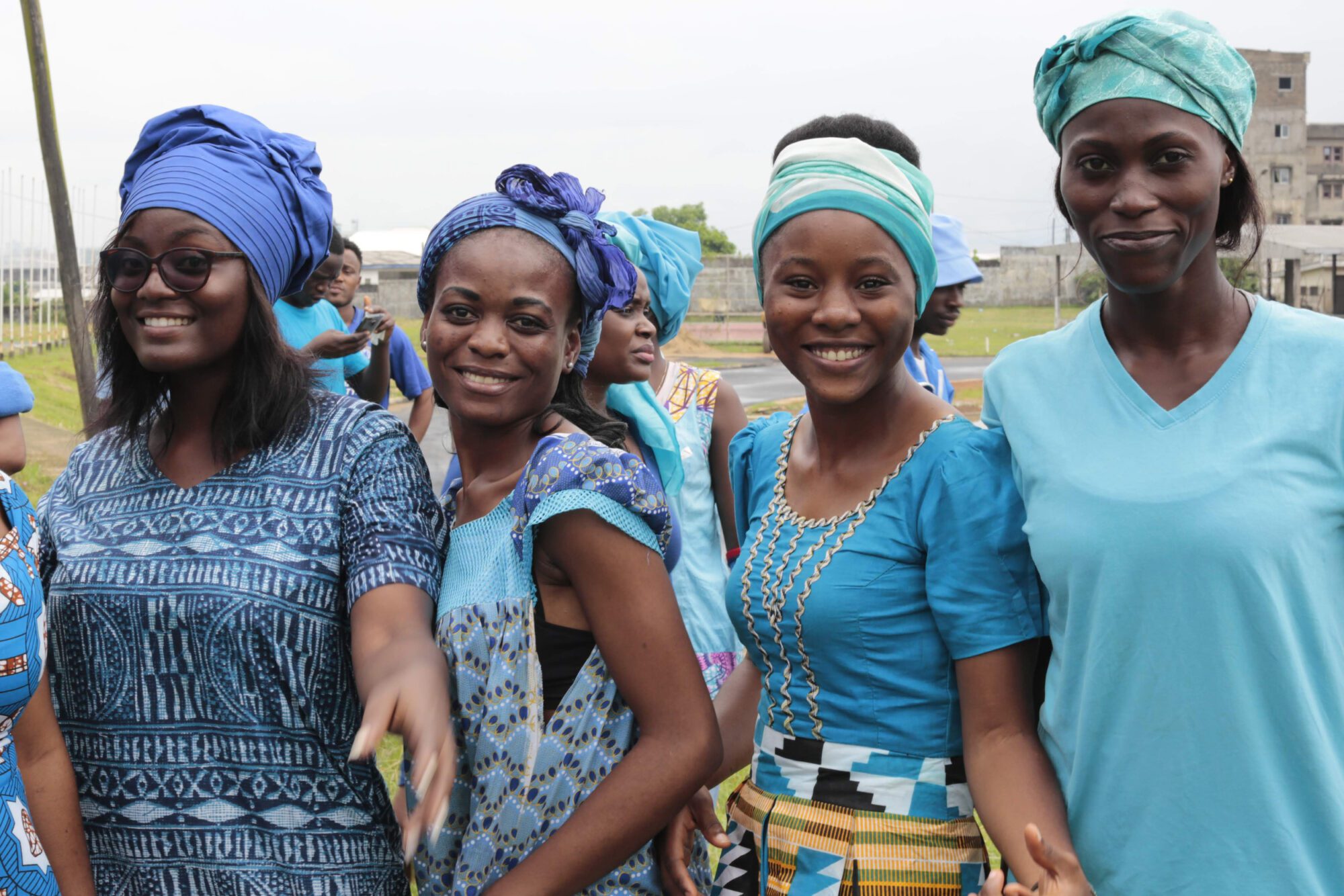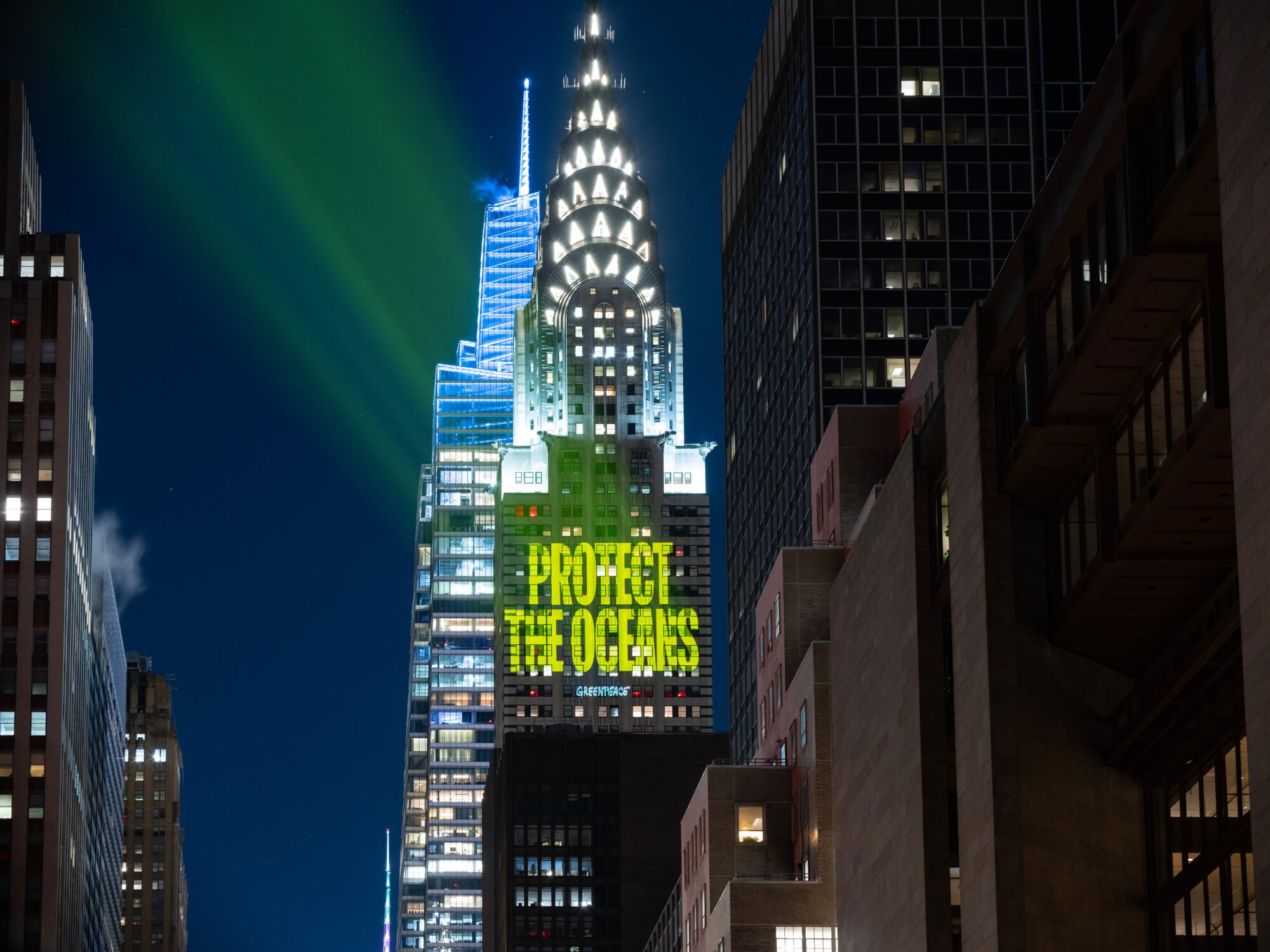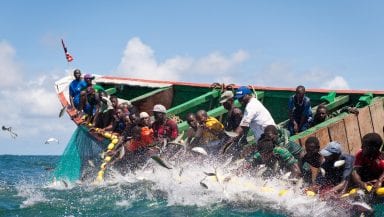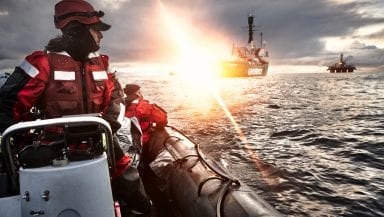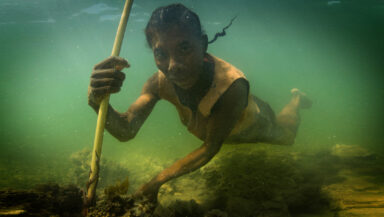Governments have finally agreed a Global Ocean Treaty at the United Nations, after almost two decades of negotiations. It sets the rules and tools for protecting ocean life over nearly half of our planet. Most importantly, it provides a pathway to creating marine protected areas across the world’s oceans.
This treaty is the biggest conservation victory ever. It’s a huge moment for our blue planet, and a hopeful sign that in a divided world, protecting nature for the benefit of all people can triumph over global politics.
Campaigners and ocean lovers around the world have spent decades working towards this moment. The very first Greenpeace briefing on this topic was written way back in 2005!
And in recent years, millions of people spoke up for ocean protection, demanding that their governments negotiate a strong treaty.
Finally, after a tense final week of negotiations, world leaders finally put aside their differences for a moment and secured a Global Ocean Treaty.
Campaigning to save life on our planet can sometimes feel like a daunting task, and it’s easy to get discouraged. This monumental win for ocean protection is a great reminder that taking action makes a difference and that people power works!

